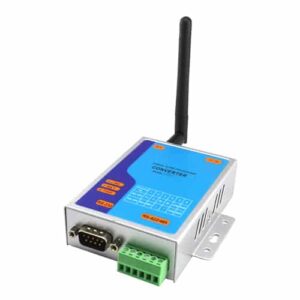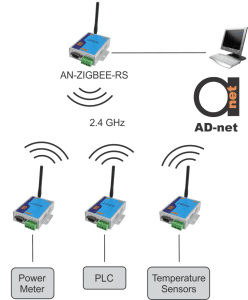Whenever we are talking about technical side of the “Internet of things” or the “Smart home” – it is inevitable to talk about ZigBee. While for the beehive and bee enthusiasts it means special waggle dance of bees when they return to their beehive, it has completely different meaning for the networking specialists.
ZigBee refers to the high-level networking protocols, that are used in the “Smart home” implementation. It can be used in any personal area network creation, for different purposes, which include:
- Home Entertainment (TVs, music, etc.)
- Home Control (Curtains, lighting, etc.)
- Security (Door and window sensors)
- Sensors (Smoke, flood, temperature, etc.)
- Building automation

All these use cases become possible due to simplicity of the standard and increased security. Compared to common solutions like Wi-Fi and Bluetooth, ZigBee is much simpler and cheaper in production. It uses 128 bit symmetric encryption keys, which ensures that intruders cannot affect the network from the outside. ZigBee devices are able to communicate with each other on the distances of up to 100 meters, depending on the area. Working distances can be extended longer using intermediate network devices. ZigBee devices usually rely on battery (some of the devices do not require any power source) and are able to work without interruption for years, due to low power consumption. It is achieved with the use of low-latency signals for communicating between devices.

ZigBee devices support star, tree, or mesh networks, with at least one coordination device. In the star network, coordination device is required to be located in the central node. Tree and mesh networks can be easily extended with the help of ZigBee routers. As mentioned previously, ZigBee network can be easily extended using traditional networks. Extension is possible with the help of ZigBee to RS-232/422/485 converters that are produced by AD-net and available here.


